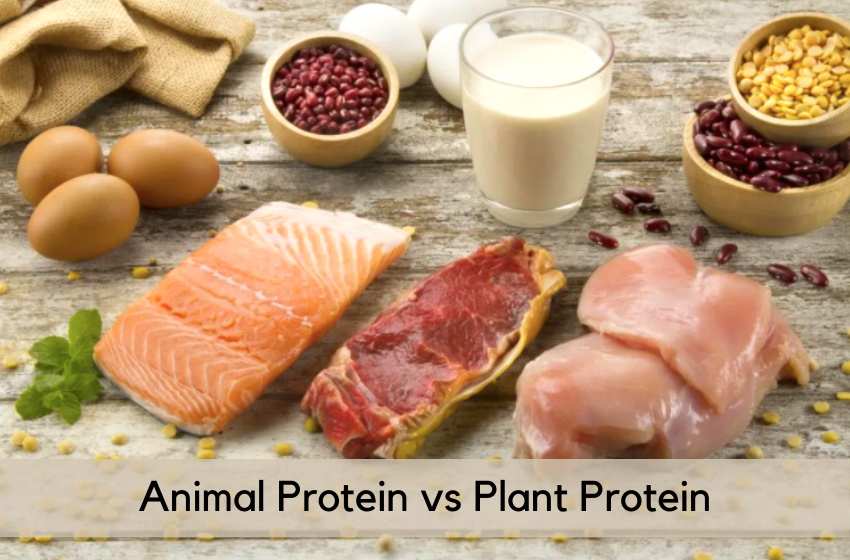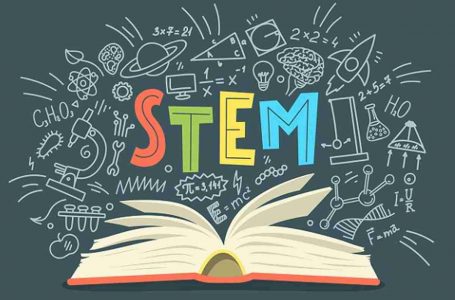Most beneficial way of having proteins – Animal Protein or Plant Protein

What are proteins?
Proteins are organic compounds that are made up of large molecules which consist of one or more long chains of amino acids, which are also known as the building blocks of our body. Proteins are essential to all living organisms as structural components of body tissue such as muscle, bone, skin, hair, collagen etc. They form a component of antibodies, enzymes and also hemoglobin which provides oxygen in our blood.
Amino acids are the building blocks that make up proteins and each protein may be made up of a single or hundreds or thousands of such amino acids. The human body makes amino acids either from scratch or by the modification of other amino acids. The human body can make some amino acids – these are called ‘non-essential amino acids’, while others are called ‘essential amino acids’ as the body cannot make these and need to be taken from the food we eat. The non-essential amino acids include alanine, asparagine, aspartic acid and glutamic acid. Amino acids such as arginine, cysteine, glutamine, glycine, ornithine, proline, serine and tyrosine are non-essential except during periods of illness and stress. The nine essential amino acids are histidine, isoleucine, leucine, lysine, methionine, phenylalanine, threonine, tryptophan and valine.
How do we acquire the essential amino acids?
There are two ways we acquire the proteins we need –
- from animal sources of protein such as meat, fish, poultry, eggs or dairy products, which are very rich in amino acids and give us all the essential amino acids that our body requires and
- from plant sources such as fruits, vegetables, grains, nuts and seeds. However, these proteins often lack one or more of the essential amino acids.
In a way, being an omnivore is beneficial as the body gets all the required essential amino acids from the animal proteins. Vegetarians need to be extra careful with their diet as they don’t eat meat, fish, poultry or eggs and therefore, they have to consume a variety of other protein rich diets to acquire the essential amino acids to make new protein in their bodies.
Benefits and drawbacks of eating animal protein
Proteins from animal sources such as meat, chicken, poultry, eggs, seafood as well as dairy products such as milk, cheese, butter etc. contain all the essential amino acids that are required to build the proteins in our body. The benefit of having animal proteins (apart from dairy products) is that they are low on carbs and therefore give higher amounts of calories from proteins rather than carbs.
Protein rich food such as red meat, egg yolks and dark meat poultry are rich in zinc and heme iron which is more readily absorbed in the body than the iron present in plant based food.
However, eating excess red meats and full fat dairy products can increase the risk of heart diseases as they contain high amounts of saturated fat and dietary cholesterol. It is not advisable to include only animal based protein in the diet of children as they risk the development of higher cholesterol from a young age.
Benefits and drawbacks of eating plant based proteins
The primary benefit of having plant based protein rich food such as soy, quinoa, whole grains, legumes, nuts and seeds, is that they are low on cholesterol and unhealthy saturated fat. Proteins from soy and quinoa are classified as complete proteins because they contain all the essential amino acids like the proteins from animal-based foods. However, soy contains isoflavones which resembles the female hormone estrogen and consequently, pregnant women and people struggling with infertility should limit their intake of soy.
As per some studies that have been carried out, it has been observed that people who follow the vegetarian diet have lower body mass indexes, lower blood cholesterol levels and lower blood pressure than their non-vegetarian counterparts. Even though the plan proteins do not contain all the essential amino acids, they can be obtained by eating a variety of plant proteins during the course of the day.
Conclusion
Regardless of the source of dietary protein, the total daily protein needs are based on a person’s gender, size, age, and activity level. The RDA for protein is 71 grams daily during pregnancy and lactation, 46 grams per day for other women and 56 grams of protein daily for men, according to the Institute of Medicine. Physically active adults benefit from a daily consumption of up to 0.91 grams of protein per pound of their body weight. For the holistic inclusion of health, it is suggested to include both animal and plant based protein and not rely solely on only one source. Both proteins have their pros and cons and a healthy diet will be one which includes both animal and plant proteins amply.





